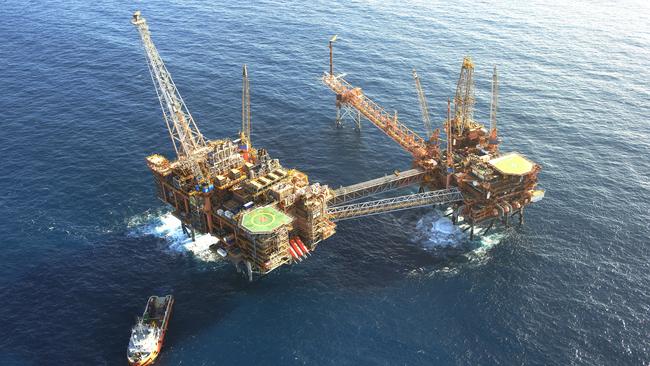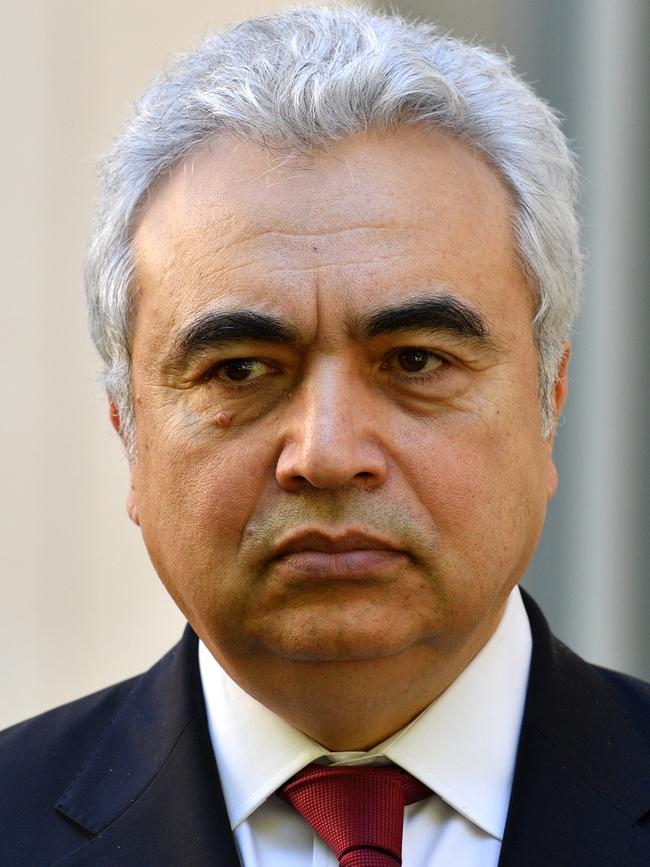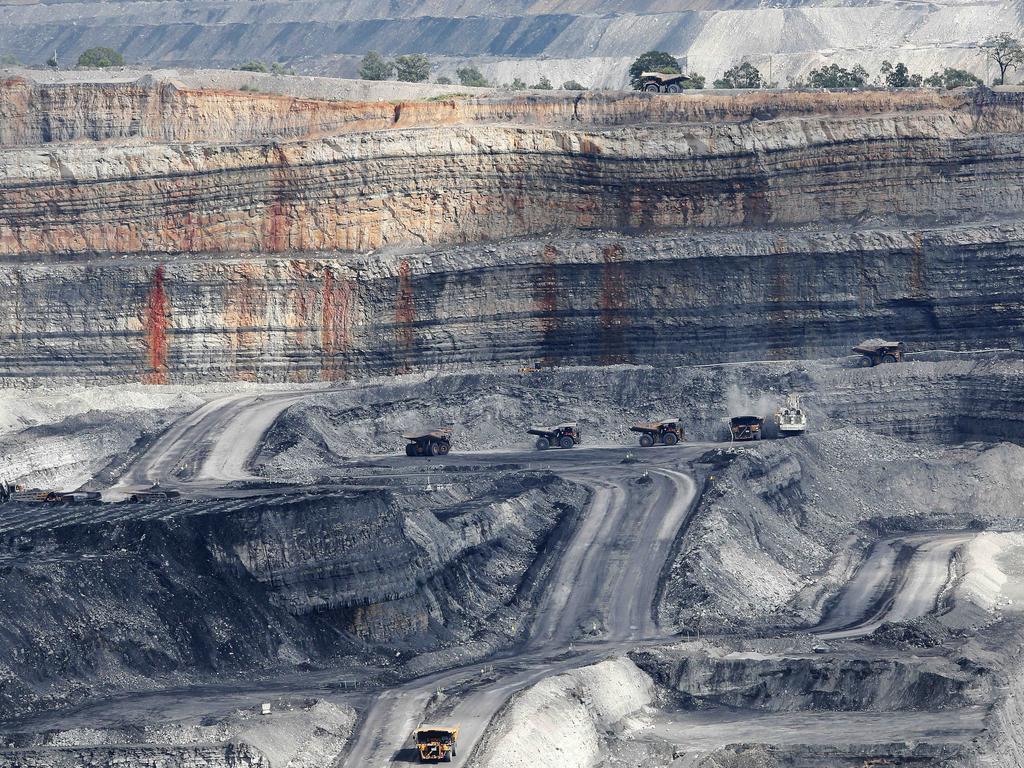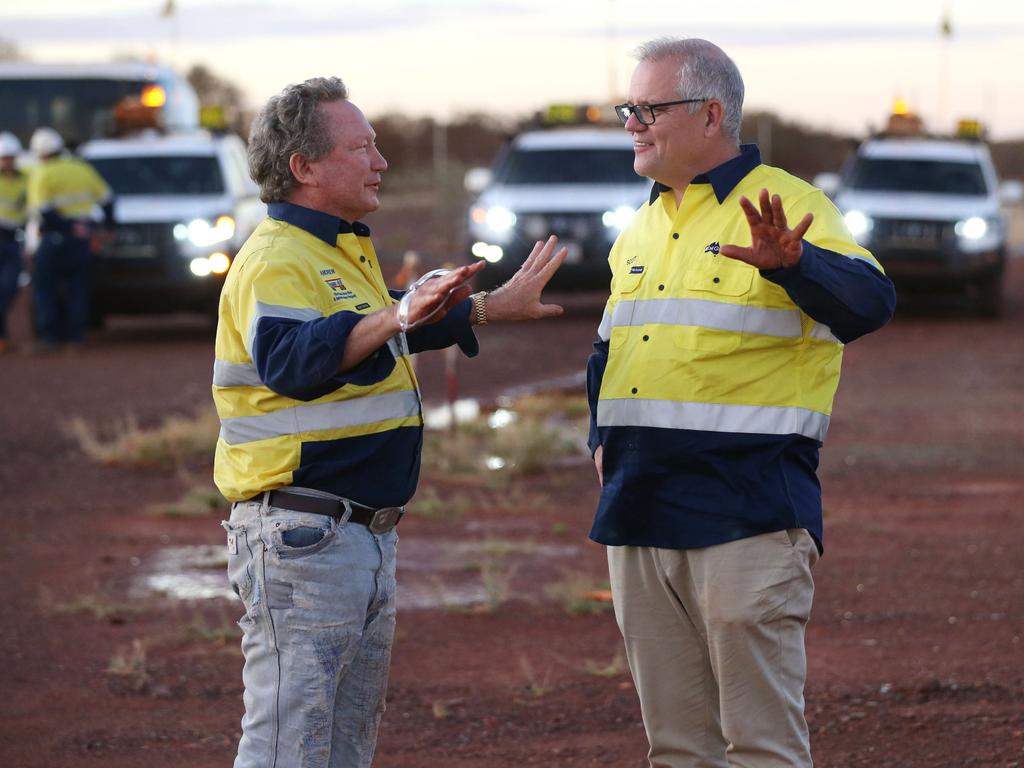Clean energy boost still misses climate goals: International Energy Agency
Global energy investment is tipped to rebound in 2021 from pandemic lows but not enough spending will be devoted to clean energy.

Global energy investment is tipped to rebound in 2021 from pandemic lows but not enough spending will be devoted to clean energy with the world falling well short of net zero emissions goals, the International Energy Agency has warned.
Spending will increase nearly 10 per cent to $US1.9 trillion in 2021, reversing most of last year’s drop after Covid-19 decimated demand, but investment in renewables still needs to be fast-tracked to cut pollution levels.
The oil and gas industry will devote 4 per cent of their capital budgets to green investments in 2021, the IEA estimates, up from 1 per cent last year but still not enough to beat climate goals.
“The rebound in energy investment is a welcome sign, and I’m encouraged to see more of it flowing towards renewables,” IEA executive director Fatih Birol said.
“But much greater resources have to be mobilised and directed to clean energy technologies to put the world on track to reach net-zero emissions by 2050. Based on our new Net Zero Roadmap, clean energy investment will need to triple by 2030.”
The IEA caused shock in the industry two weeks ago after declaring no new coalmines, oil or gas fields should be opened up if the world is to reach net-zero emissions by 2050.
The road map for the global energy sector to reach carbon neutrality by the middle of the century also says there should be no more coal-fired power stations and calls for an end to new petrol cars by 2035.
While global power sector investment is expected to rise by 5 per cent in 2021 to more than $US820bn, a record level, that will still fall well short of levels required for economies to hit net zero emission targets.

“The world is a long way short of the path that needs to be followed to avoid severe impacts from climate change. The slight increase in final investment decisions of new coal-fired plants in 2020 shows that not all indicators are pointing in the right direction,” the IEA said in its World Energy Investment report on Wednesday.
Australia may also face a fresh challenge from its biggest LNG rival, Qatar, after it committed to the biggest gas export project in history that will see the Middle East nation snatch back its crown as the world‘s biggest gas producer.
While Australia currently just pips Qatar with 78m tonnes of exports, Qatar plans to add an extra 42 per cent of capacity taking its output to 110m tonnes a year from 77m tonnes currently.
Qatar Petroleum will add four LNG trains, each with 8.25m tonnes of capacity, equivalent to more than twice the capacity of Australia‘s largest export facility, the North West Shelf LNG plant in Western Australia.
“Qatar’s decision to move ahead with the world’s largest liquefied natural gas (LNG) expansion, and to include carbon capture in its development plans, is a strong statement of intent to maintain a leadership position in LNG,” the IEA said.
“As the lowest-cost supplier with ample gas reserves, Qatar and its expansion, inclusive of carbon capture, casts a long shadow over other aspiring LNG projects, particularly those in the United States where there is a long queue of potential projects seeking to move to a final investment decision.”
Qatar is ultimately targeting supply of 126m tonnes by tapping low-cost supplies from its vast North field operations.
The gas giant competes with Australia to supply customers in Asia where 70 per cent of the fuel is consumed globally.




To join the conversation, please log in. Don't have an account? Register
Join the conversation, you are commenting as Logout